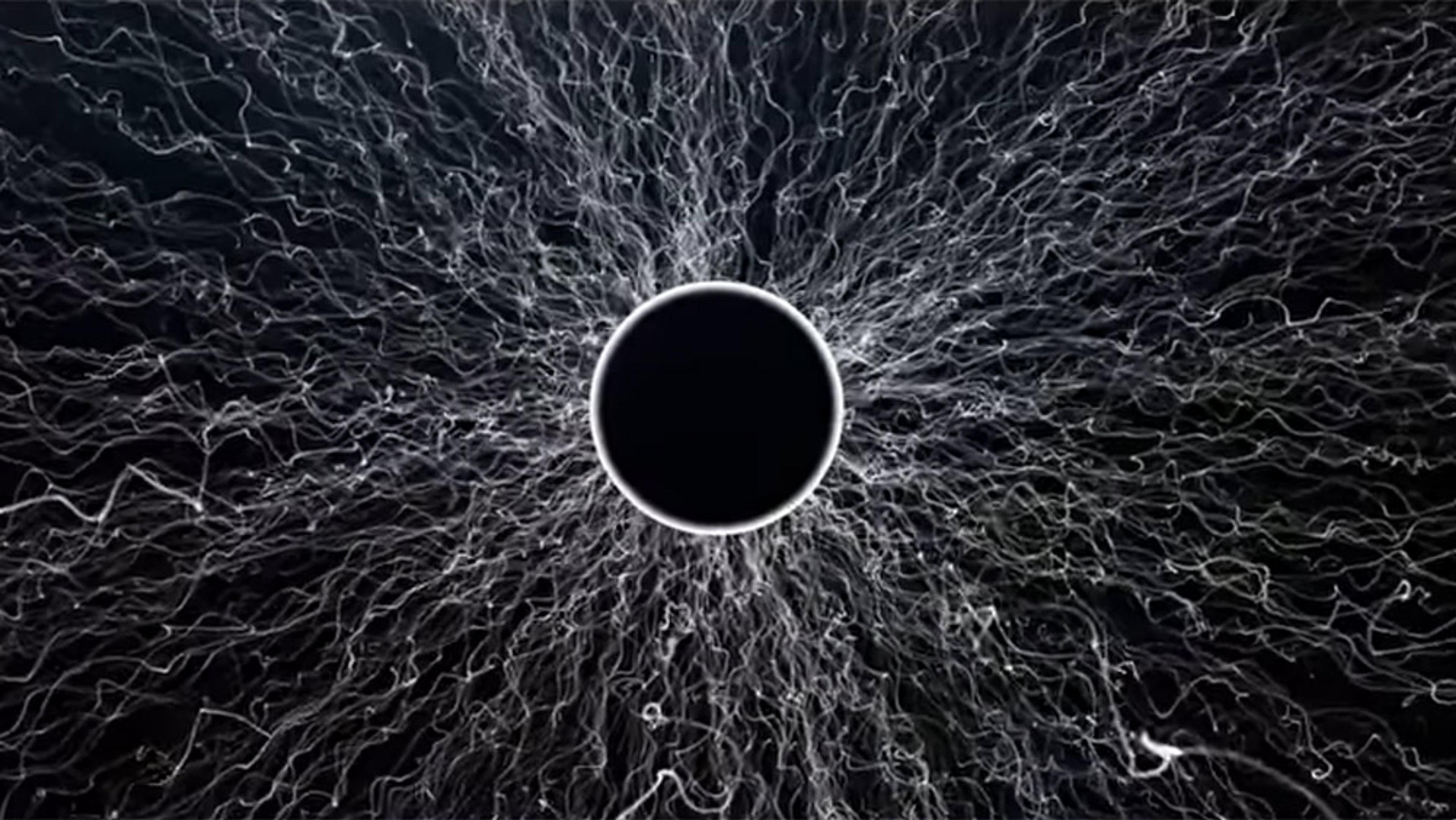Over the past half-century, cosmology has evolved from a largely speculative science to one founded in precise and rigorous measurement and observation. Much of this transformation has been built on the back of increasingly powerful tools for observing the Universe, from telescopes to gravitational wave detectors. However, following decades of breakthroughs, this extraordinary progress has recently come to something of a halt, stalled by several mysteries: dark matter, dark energy and the accelerating expansion of the Universe.
So how should cosmologists press forward? In this instalment of Aeon’s In Sight series, Pedro G Ferreira, a professor of astrophysics at the University of Oxford, addresses what he calls the ‘cosmological chasm’ between ‘the physics we know and love, and some of the phenomena that we observe, but simply can’t make head nor tail of’. Offering something of a ‘state of the field’, Ferreira charts three distinct approaches scientists could take to address the vexing puzzles of dark matter, including why ‘building bigger and better’ tools and collecting ever-greater amounts of data might or might not be the answer.
This Video was made possible through the support of a grant to Aeon+Psyche from the John Templeton Foundation. The opinions expressed in this Video are those of the author and do not necessarily reflect the views of the Foundation. Funders to Aeon+Psyche are not involved in editorial decision-making.








